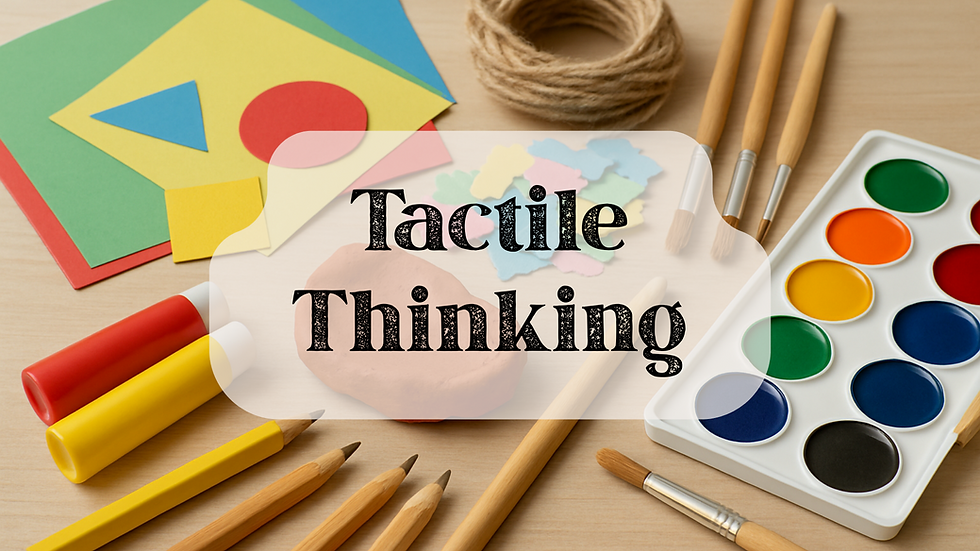Strengthening Communication Through Creative Activities
- Brandy Prettyman
- Aug 26
- 2 min read

In today’s workplace, communication is often reduced to logistics—email chains, calendar invites, and quick check-ins. But meaningful collaboration stems from something deeper: trust, mutual understanding, and shared experience. One of the most effective ways to strengthen these foundations is through creativity.
Hands-on activities like collaborative painting, sculpture, or group craft projects do more than fill a calendar. They invite reflection, connection, and conversation. At Indigo Cottage Crafts, we’ve seen how these experiences bring colleagues together in unexpected and lasting ways.
Building Awareness Without the Buzzwords
Not all communication relies on conversation. When people engage in shared tasks, especially those requiring coordination and creative input, they start to observe each other more closely. They adjust their pace. They make room for different ideas. These physical cues—timing, gesture, response—become tools for unspoken understanding.
This kind of awareness creates a working environment where people anticipate each other's needs, offer support more naturally, and shift more easily between roles.
A More Authentic Exchange
Creative spaces often dissolve the formalities that keep people in predefined roles. When you gather a group to complete an artistic task, everyone steps into something new together. It doesn’t matter who usually leads the weekly meeting or owns the biggest client file—what matters is how people listen, contribute, and engage with the process in front of them.
This shared challenge builds confidence and respect in ways traditional team-building rarely does. It encourages people to speak up, ask for help, and recognize each other’s strengths with more openness.
Listening Through Making
Group art projects offer a subtle but powerful invitation to listen. Unlike structured conversations, creative collaboration allows people to observe and interpret before reacting. Whether blending colors on a canvas or arranging materials in a shared sculpture, team members must pay attention to what others are doing and why.
That attention sharpens awareness, encourages patience, and builds a habit of response rather than reaction—qualities that improve communication well beyond the project itself.
Ideas to Try with Your Team
You don’t need a formal art background to use creativity as a communication tool. Here are a few simple ways to introduce the concept into your workplace:
Rotating Canvas: One canvas, one team. Each person adds a layer or shape based on a prompt. No discussion until the final reveal.
Visual Journaling Circles: Provide teams with paper, magazines, markers, and glue. Have them visually represent a recent win, challenge, or shared goal, then explain their choices.
Partner Projects: In silence, two team members co-create a piece of art. Afterward, they reflect on what it was like to work together without speaking.
Color Conversations: Use color or texture to reflect work styles, team dynamics, or organizational values, and invite discussion about the visual choices made.
These exercises allow people to communicate through action first, then words. That order often leads to deeper conversations and more honest insights.
Final Thought
When teams engage in creative activity together, they experience a different kind of communication—one that prioritizes observation, shared intention, and openness to change. These qualities don’t just improve art projects. They improve how people work together long after the paint has dried.
By incorporating creative exercises into your team’s rhythm, you can foster collaboration that feels less forced and more genuine. And you may find that your strongest partnerships start with the simplest materials.




Comments